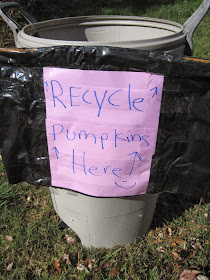Guttation
Today's word for your gardener's glossary is guttation. Guttation is sometimes seen on houseplants or potted plants (at least, that is where I have most often seen it), but can also occur to plants growing outdoors. Ever see water droplets repeatedly form on leaves, usually at the tip, and drip off? And I don't mean from rain or overhead watering: guttation occurs when a plant has been overwatered and it is trying to rid itself of excess moisture. I was drawing a potted voodoo lily this summer and noticed guttation. Sure enough, the plant later collapsed and I discovered that the bulb was rotted, in too-damp soil. I guess I loved it to death and over-watered it.
If you see guttation happening, stop watering the plant, as the soil is likely too wet for that species. In a potted plant, you may be able to poke a rag or piece of thick yarn into the soil, draping it over the side of the pot, to act as a wick and draw off the water. Or, place the pot directly on a old towel that has been folded a few times to draw off water. If the plant is in the ground, stop watering it. If the guttation is due to lots of rain, cross your fingers and hope for dry weather. If the plant is in a spot that is regularly wet, it might be time to transplant it.
Happy gardening!





